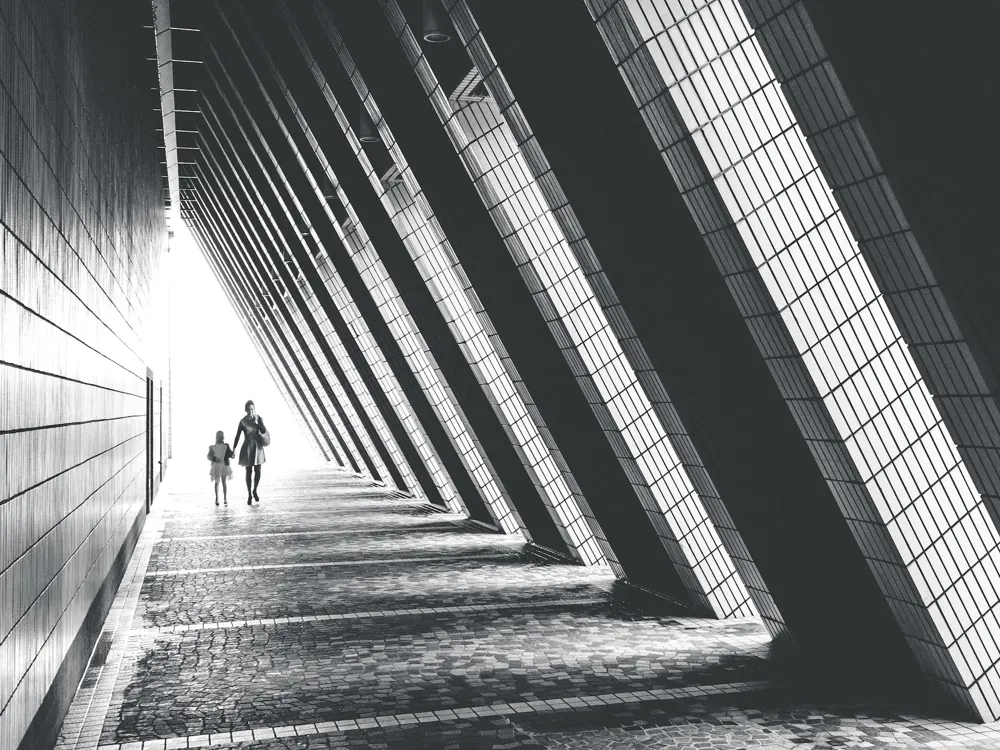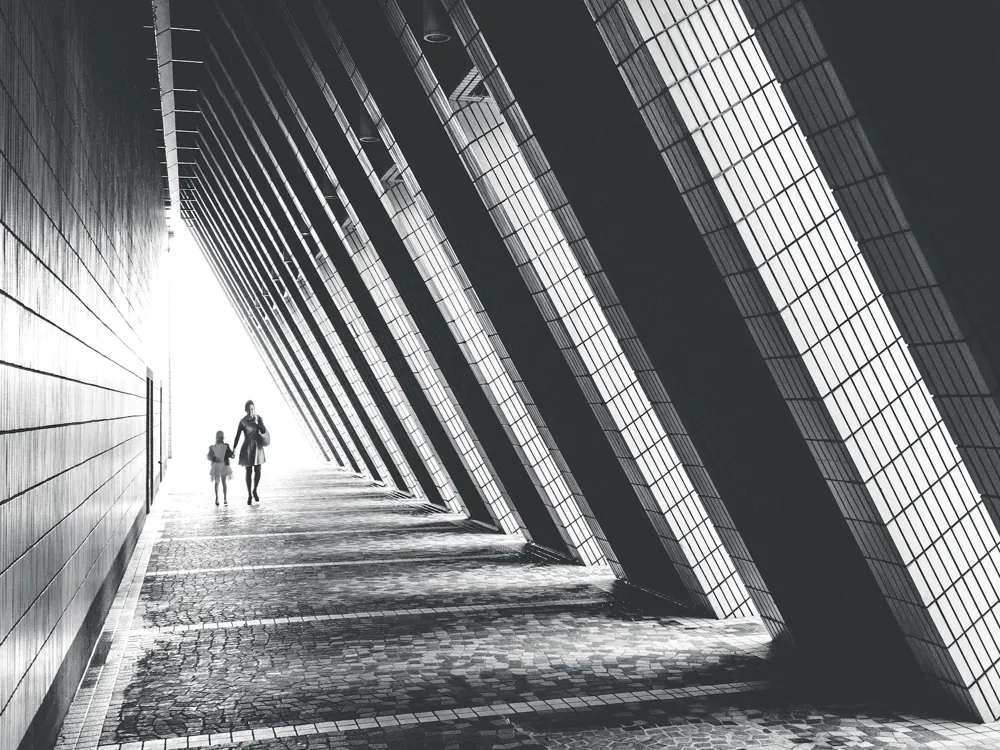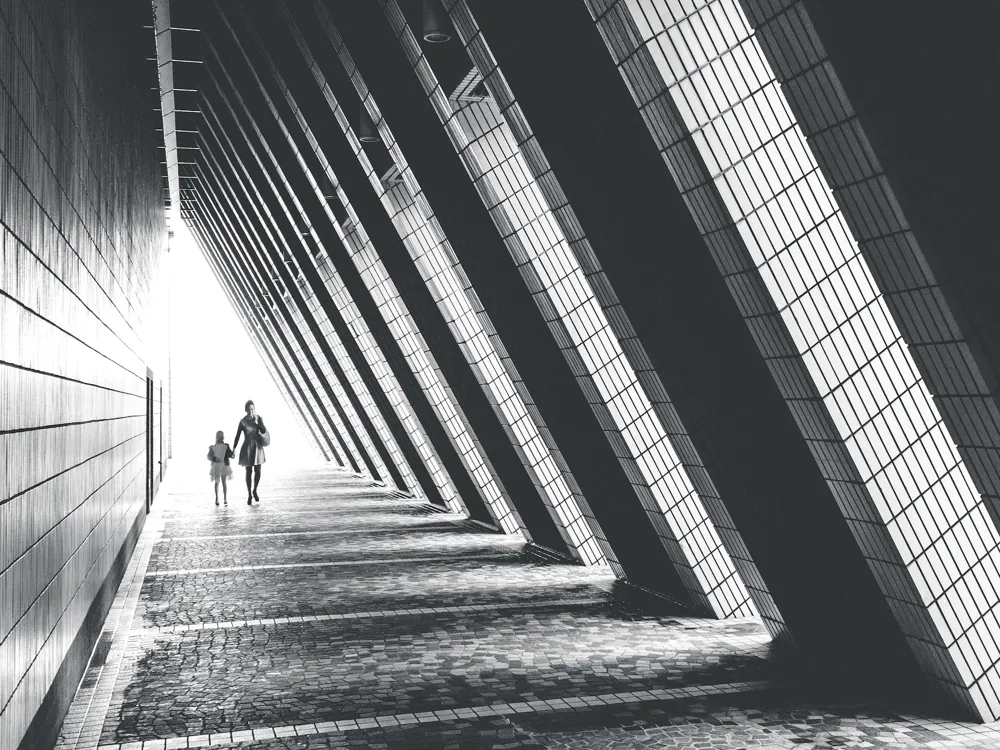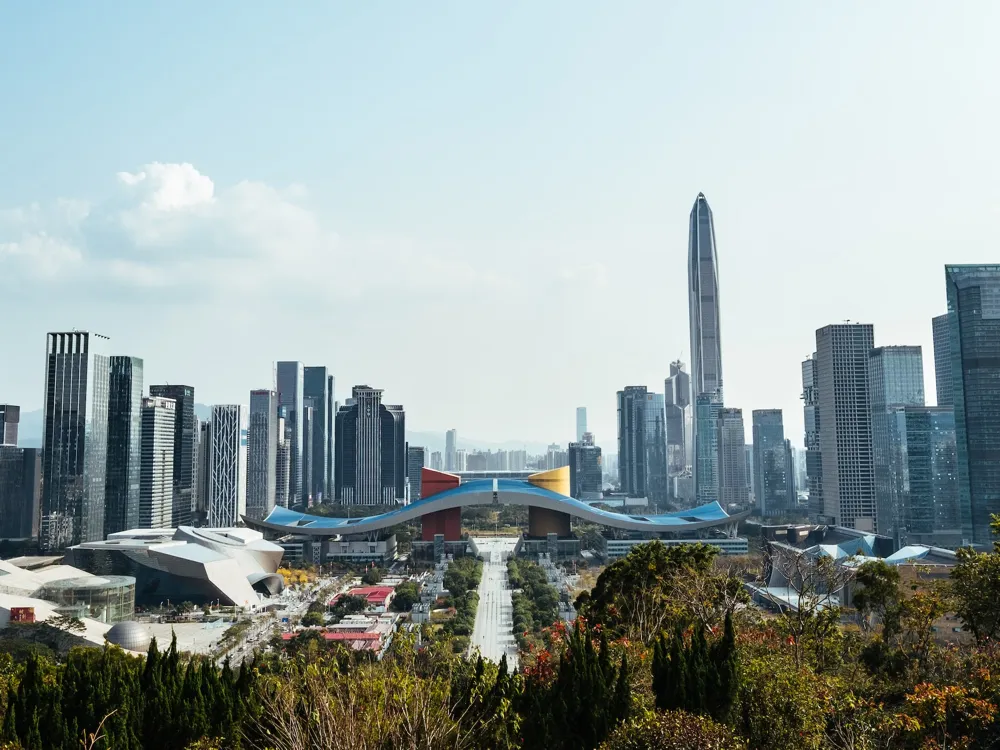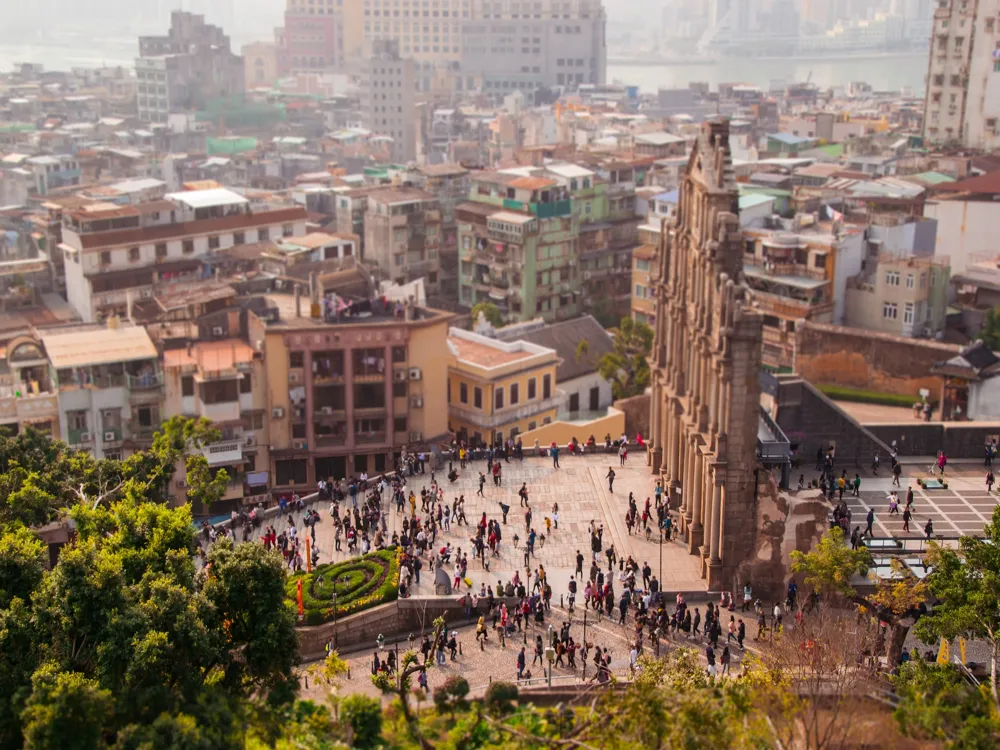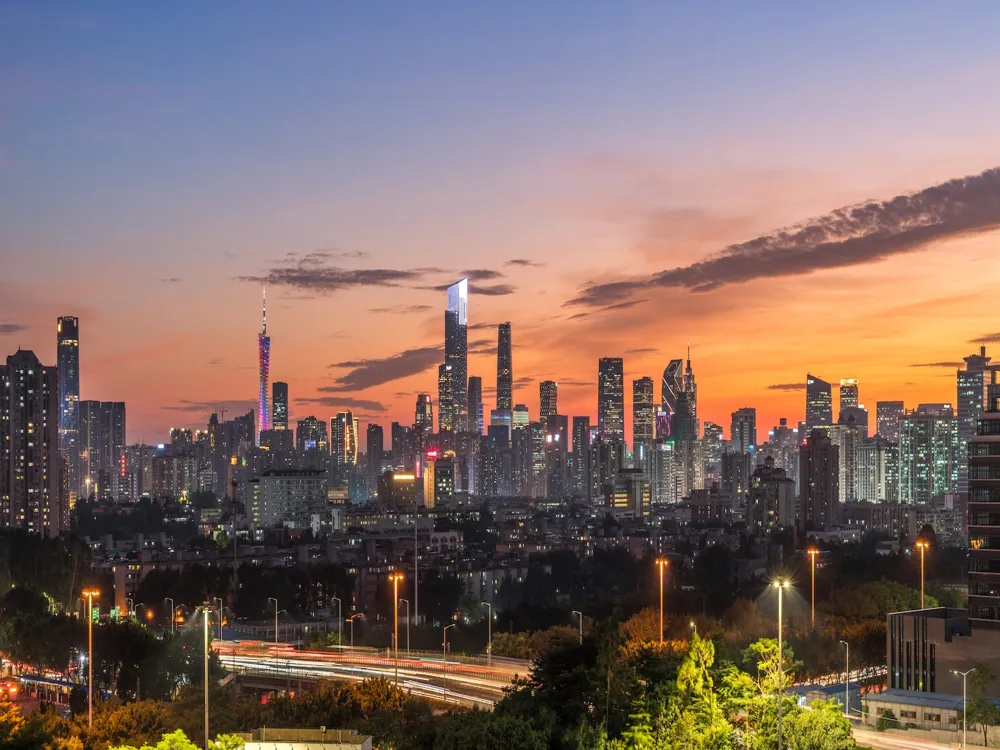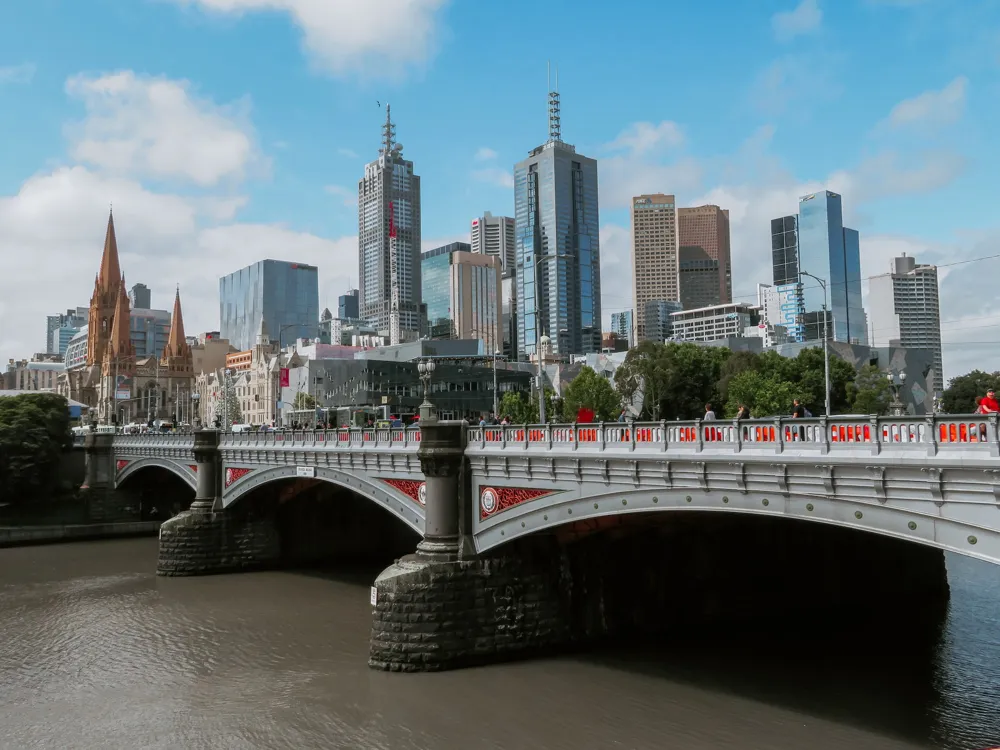The Hong Kong Cultural Centre, a prominent landmark situated in the heart of Hong Kong, stands as a beacon of artistic and cultural excellence. Since its inception in 1989, this prestigious centre has played a pivotal role in enriching the cultural landscape of the city. With its prime location in Tsim Sha Tsui, Kowloon, it offers breathtaking views of Victoria Harbour and has become an iconic symbol of Hong Kong's cultural identity. The Centre, sprawling over a significant area, comprises various performance venues including a concert hall, a grand theatre, and a studio theatre, each designed to host a myriad of cultural events ranging from world-class concerts, operas, and dance performances, to theatre productions and art exhibitions. It serves as the home of the Hong Kong Philharmonic Orchestra and is a cherished platform for both local and international artists. Beyond its role as a performance venue, the Hong Kong Cultural Centre also plays a pivotal part in arts education and outreach. It regularly organizes workshops, educational programs, and free events aimed at fostering an appreciation for the arts among the public. Its open piazza is a popular gathering spot for locals and tourists alike, often featuring outdoor performances and cultural events, making art accessible to everyone. The Centre's strategic location, adjacent to the Tsim Sha Tsui Promenade, adds to its allure, offering visitors a holistic cultural experience. The proximity to major attractions like the Avenue of Stars, the Hong Kong Space Museum, and the Hong Kong Museum of Art, makes it a must-visit destination for anyone interested in exploring the rich cultural tapestry of Hong Kong. The architecture of the Hong Kong Cultural Centre is as intriguing as the performances held within its walls. Designed by the renowned architectural firm, P&T Group, the Centre's structure breaks away from conventional design norms, presenting a modernist facade that is both bold and innovative. The building's unique shape, often likened to a giant ski slope or an inverted pyramid, has been a topic of much discussion and interpretation. The exterior of the building, devoid of windows, presents a sleek and unadorned surface, a deliberate design choice that accentuates its geometric form. This minimalist approach creates a striking contrast against the bustling cityscape of Hong Kong and serves as a blank canvas reflecting the ever-changing colours of the sky and the vibrant city life. Inside, the Centre reveals a different world - a world where functionality meets artistry. The concert hall, acclaimed for its exceptional acoustics, features adjustable acoustic canopies and state-of-the-art sound systems, ensuring an immersive auditory experience for both performers and the audience. The grand theatre, with its expansive stage and sophisticated rigging systems, is adaptable to a wide range of performances, from grand operas to intimate plays. The use of space in the Hong Kong Cultural Centre is a testament to thoughtful architectural planning. The foyers and public areas are spacious and welcoming, designed to facilitate easy movement and interaction among visitors. The integration of art installations and thoughtful lighting throughout the building enhances the overall aesthetic and cultural experience. The Centre's architecture not only serves a functional purpose but also symbolizes the dynamism and creative spirit of Hong Kong. Its unconventional design challenges perceptions encourages dialogue, and stands as a proud representation of the city's commitment to cultural and artistic innovation. Before visiting the Hong Kong Cultural Centre, it's advisable to check the event schedule on their official website to align your visit with performances or exhibitions of interest. Booking tickets in advance is recommended to ensure availability. While there is no strict dress code, smart casual attire is generally appropriate for most events. It's important to be respectful of performers and other audience members by arriving on time and minimizing distractions during performances. The Hong Kong Cultural Centre is equipped with facilities for the differently-abled, including wheelchair-accessible seating and restrooms. If you require special assistance, it's best to contact the Centre in advance. The Centre houses a café and a few refreshment counters. However, visitors can also explore the surrounding Tsim Sha Tsui area, which is dotted with a variety of dining options, from upscale restaurants to casual eateries. Photography is usually allowed in the public areas of the Centre but is often restricted during performances. It's always best to check specific photography policies for the event you are attending. The Hong Kong Cultural Centre is easily accessible through various modes of transport. The most convenient way is via the MTR (Mass Transit Railway). The nearest MTR station is Tsim Sha Tsui Station, which is a short walk from the Centre. Additionally, the Star Ferry service to Tsim Sha Tsui provides a scenic route from Hong Kong Island. For those preferring buses or taxis, numerous options are available, with drop-off points near the Centre. The location's central nature in Kowloon makes it a straightforward destination for visitors from all parts of the city. Read More:Overview of Hong Kong Cultural Centre
Architecture of Hong Kong Cultural Centre
Tips When Visiting Hong Kong Cultural Centre
Plan Your Visit
Dress Code and Etiquette
Accessibility
Dining and Refreshments
Photography
How To Reach Hong Kong Cultural Centre
Hong Kong Cultural Centre
Hong Kong
NaN onwards
View hong-kong Packages
Weather :
Tags : Landmark
Timings : 9:00 AM - 11:00 PM every day
Time Required : 1-2 hrs
Entry Fee : No entry fee
Planning a Trip? Ask Your Question
Hong-kong Travel Packages
View All Packages For Hong-kong
Top Hotel Collections for Hong-kong

Private Pool

Luxury Hotels

5-Star Hotels

Pet Friendly
Top Hotels Near Hong-kong
Other Top Ranking Places In Hong-kong
View All Places To Visit In hong-kong
View hong-kong Packages
Weather :
Tags : Landmark
Timings : 9:00 AM - 11:00 PM every day
Time Required : 1-2 hrs
Entry Fee : No entry fee
Planning a Trip? Ask Your Question
Hong-kong Travel Packages
View All Packages For Hong-kong
Top Hotel Collections for Hong-kong

Private Pool

Luxury Hotels

5-Star Hotels

Pet Friendly







